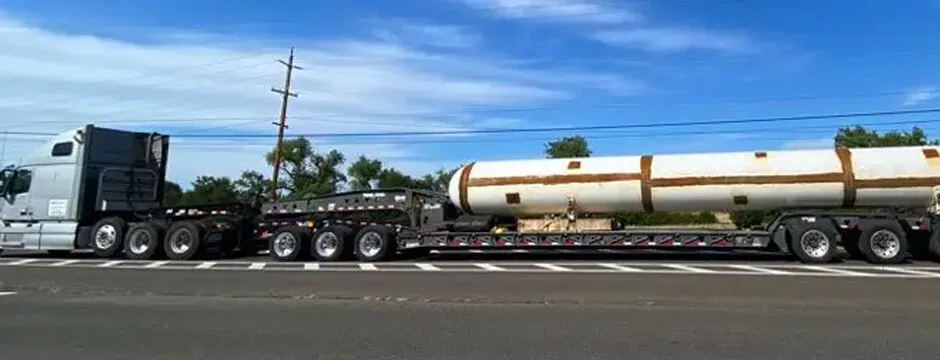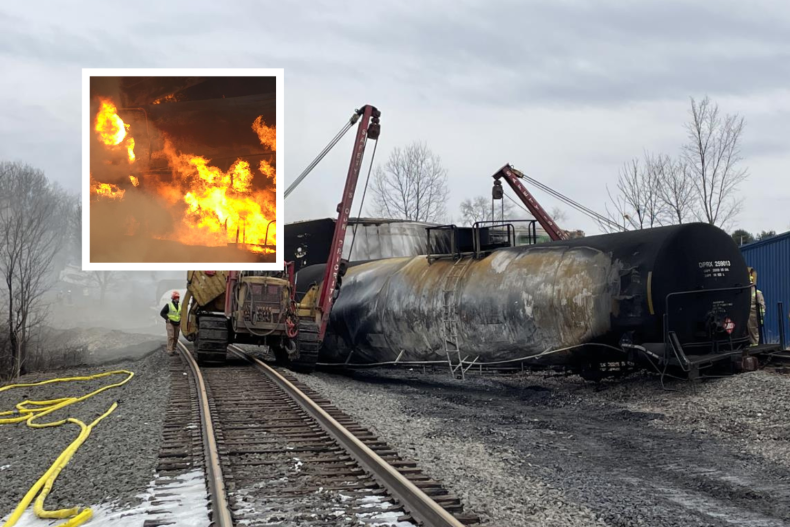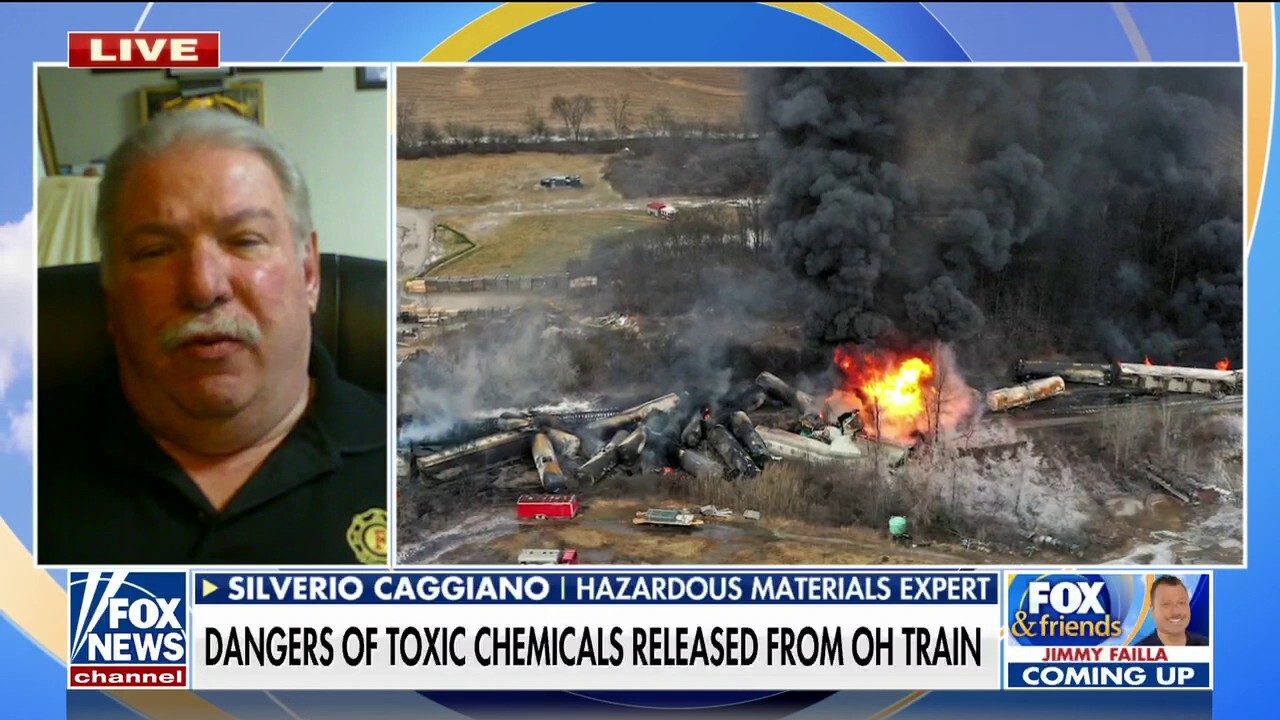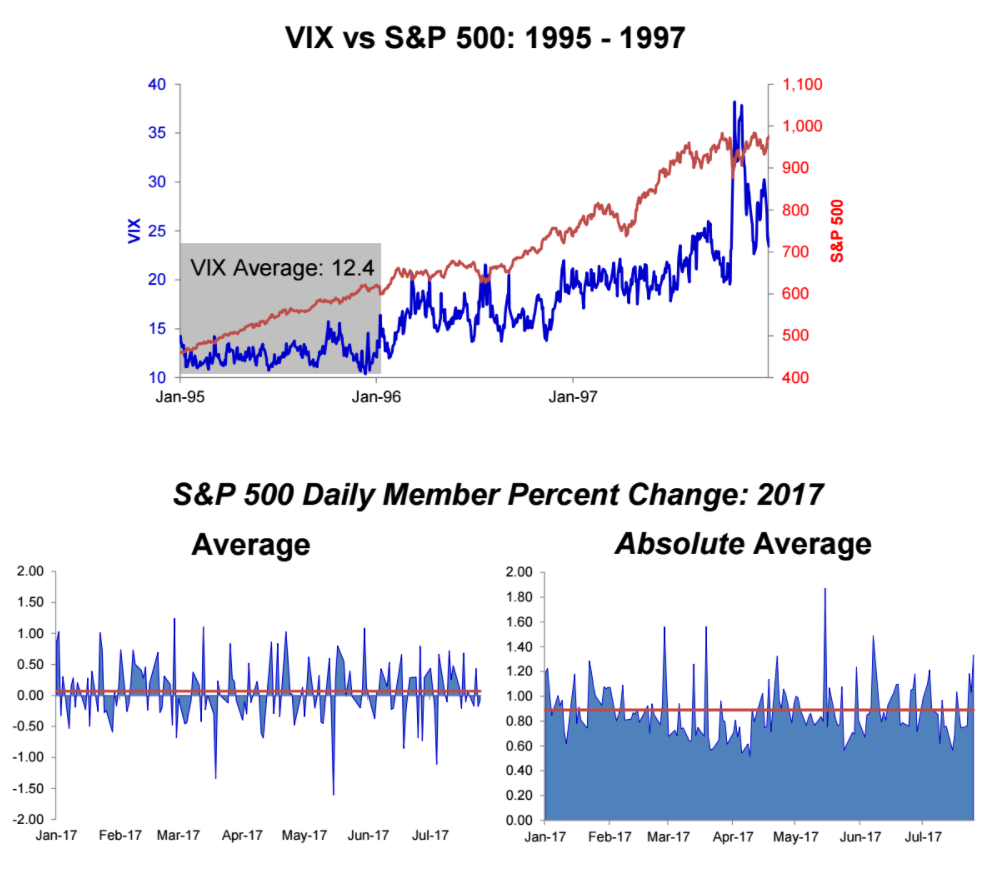Addressing The Issue Of Oversized Trucks In America

Table of Contents
Every year, countless accidents involving oversized trucks – also known as large trucks or big rigs – cause significant damage to America's infrastructure and tragically claim lives. The sheer size and weight of these vehicles present a multifaceted problem impacting road safety, highway maintenance, and the overall efficiency of our transportation system. This article delves into the growing issue of oversized trucks in America, examining the safety concerns, infrastructure damage, economic implications, and potential solutions to mitigate this critical problem.
Safety Concerns Related to Oversized Trucks
Oversized trucks pose a significant threat to road safety. Their increased size and weight directly contribute to a higher risk of accidents and fatalities. The sheer scale of these vehicles presents unique challenges compared to smaller vehicles.
-
Larger Blind Spots: Big rigs have considerably larger blind spots than smaller vehicles, making it difficult for drivers of cars and motorcycles to be seen, increasing the likelihood of collisions. This is particularly dangerous at intersections and during lane changes.
-
Extended Braking Distance: The heavier weight of oversized trucks requires a significantly longer braking distance. This increased stopping time dramatically increases the risk of rear-end collisions, especially in high-traffic areas or during inclement weather.
-
Reduced Maneuverability: The sheer size and weight of these vehicles make them less maneuverable than smaller vehicles. This can lead to difficulties navigating tight corners, merging into traffic, and responding to unexpected situations, increasing the chance of accidents.
-
Higher Fatality Rates: Statistics consistently demonstrate higher fatality rates in collisions involving oversized trucks compared to accidents involving smaller vehicles. The impact force is dramatically increased due to the weight differential, leading to more severe injuries and fatalities.
-
Driver Fatigue and Inadequate Training: Driver fatigue and a lack of proper training further exacerbate safety risks. Long hours behind the wheel and inadequate training in handling large vehicles can lead to mistakes and accidents.
The Impact of Oversized Trucks on America's Infrastructure
The sheer weight and size of oversized trucks inflict considerable damage on America's roads and bridges. The cumulative effect of heavy loads leads to significant infrastructure deterioration and costly repairs.
-
Road Damage: The constant pounding of heavy trucks on asphalt and concrete surfaces leads to increased wear and tear, accelerating the rate of road deterioration. Potholes, cracks, and rutting become more common, requiring frequent and expensive repairs.
-
Bridge Damage: Bridges, particularly older ones, are particularly vulnerable to damage from oversized trucks. The concentrated weight can weaken structural components, leading to costly repairs or even catastrophic collapse. Weight limits are often exceeded, placing undue stress on these vital pieces of infrastructure.
-
Increased Repair Costs: The cumulative cost of repairing and maintaining roads and bridges damaged by oversized trucks represents a significant burden on taxpayers. This burden could be alleviated through proactive measures and better regulation.
-
Highway Maintenance: Maintaining the integrity of our highway system requires significant resources. The damage caused by oversized trucks necessitates more frequent and extensive maintenance, further increasing costs.
Economic Considerations: Fuel Efficiency and Transportation Costs
The economic implications of oversized trucks are far-reaching. While they are essential for transporting large quantities of goods, their operational costs and environmental impact are substantial.
-
High Fuel Consumption: Oversized trucks consume significantly more fuel per mile compared to smaller vehicles due to their increased weight and aerodynamic drag. This directly impacts the operating costs for trucking companies.
-
Increased Transportation Costs: Higher fuel costs, increased maintenance expenses due to wear and tear, and the potential for accidents all contribute to elevated transportation costs. These increased costs are often passed on to consumers in the form of higher prices for goods.
-
Supply Chain Impacts: Disruptions to the supply chain due to accidents involving oversized trucks can have cascading economic consequences, impacting businesses and consumers alike. Delays and disruptions can lead to lost revenue and increased costs.
-
Environmental Impact: Higher fuel consumption also contributes to increased greenhouse gas emissions, further exacerbating environmental concerns. Exploring alternative transportation solutions is crucial to mitigate these effects.
Potential Solutions and Regulations
Addressing the issues surrounding oversized trucks requires a multi-pronged approach focusing on regulation, infrastructure improvements, and technological advancements.
-
Stricter Weight Restrictions: Implementing and strictly enforcing weight limits on highways is crucial. Regular inspections and penalties for violations are essential for ensuring compliance.
-
Infrastructure Improvements: Investing in better road and bridge infrastructure designed to withstand heavier loads is essential for long-term sustainability. This requires significant upfront investment but will reduce long-term maintenance costs.
-
Advanced Driver-Assistance Systems (ADAS): Equipping oversized trucks with advanced driver-assistance systems, such as lane departure warnings and automatic emergency braking, can significantly improve safety.
-
Enhanced Driver Training: Improving driver training programs to focus on safe handling of large vehicles, defensive driving techniques, and fatigue management is critical.
-
Alternative Transportation: Exploring alternative modes of transportation, such as rail and waterways, for certain types of goods can reduce the reliance on oversized trucks on highways.
Conclusion:
The issue of oversized trucks in America presents a complex challenge with significant implications for safety, infrastructure, and the economy. Addressing this problem requires a collaborative effort involving policymakers, trucking companies, and drivers. Stricter regulations, improved infrastructure, technological advancements, and enhanced driver training are all crucial components of a comprehensive solution. We must actively engage in the conversation surrounding oversized trucks and advocate for safer roads and responsible transportation practices. Contact your representatives and support legislation aimed at mitigating the risks posed by oversized trucks and improving road safety for all. Only through a concerted effort can we create safer roads and a more sustainable transportation system for the future.

Featured Posts
-
 Iran Nuclear Deal Latest Talks Conclude Without Breakthrough
Apr 28, 2025
Iran Nuclear Deal Latest Talks Conclude Without Breakthrough
Apr 28, 2025 -
 Why Are Gpu Prices Skyrocketing Again
Apr 28, 2025
Why Are Gpu Prices Skyrocketing Again
Apr 28, 2025 -
 Is Your Marriage Ending Silently Recognizing The Key Indicators
Apr 28, 2025
Is Your Marriage Ending Silently Recognizing The Key Indicators
Apr 28, 2025 -
 The Trump Era And Its Legacy On College Campuses Across America
Apr 28, 2025
The Trump Era And Its Legacy On College Campuses Across America
Apr 28, 2025 -
 9 Revelations From Times Trump Interview Annexing Canada Xi Jinping And The Presidency
Apr 28, 2025
9 Revelations From Times Trump Interview Annexing Canada Xi Jinping And The Presidency
Apr 28, 2025
Latest Posts
-
 Lingering Effects Toxic Chemicals In Buildings After Ohio Train Derailment
Apr 28, 2025
Lingering Effects Toxic Chemicals In Buildings After Ohio Train Derailment
Apr 28, 2025 -
 Ohio Train Derailment Prolonged Exposure To Toxic Chemicals In Buildings
Apr 28, 2025
Ohio Train Derailment Prolonged Exposure To Toxic Chemicals In Buildings
Apr 28, 2025 -
 Months Of Toxic Chemical Contamination Following Ohio Train Derailment
Apr 28, 2025
Months Of Toxic Chemical Contamination Following Ohio Train Derailment
Apr 28, 2025 -
 Ohio Train Derailment Toxic Chemical Lingering In Buildings Months Later
Apr 28, 2025
Ohio Train Derailment Toxic Chemical Lingering In Buildings Months Later
Apr 28, 2025 -
 Understanding The Volatility Of Gpu Prices
Apr 28, 2025
Understanding The Volatility Of Gpu Prices
Apr 28, 2025
